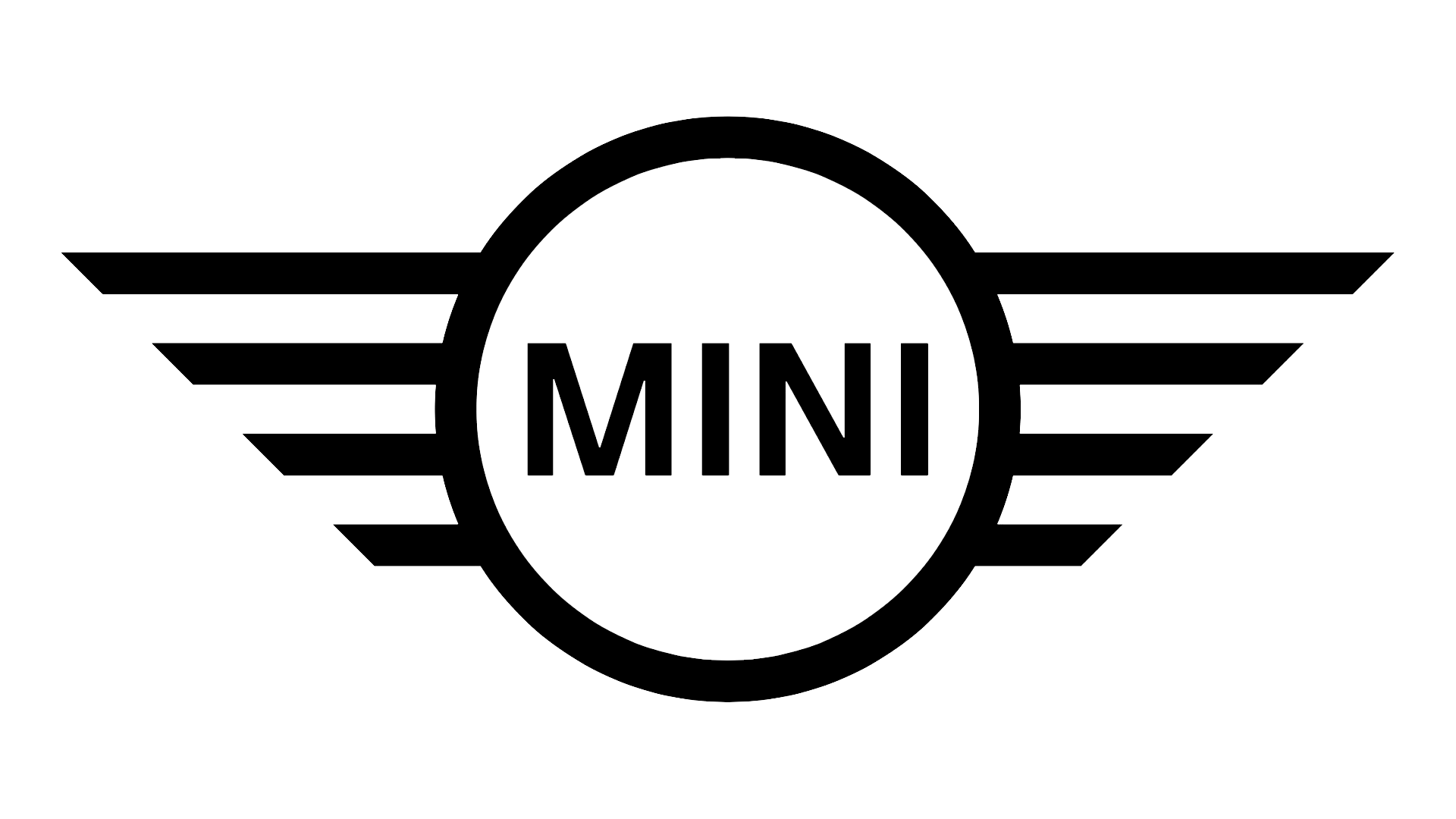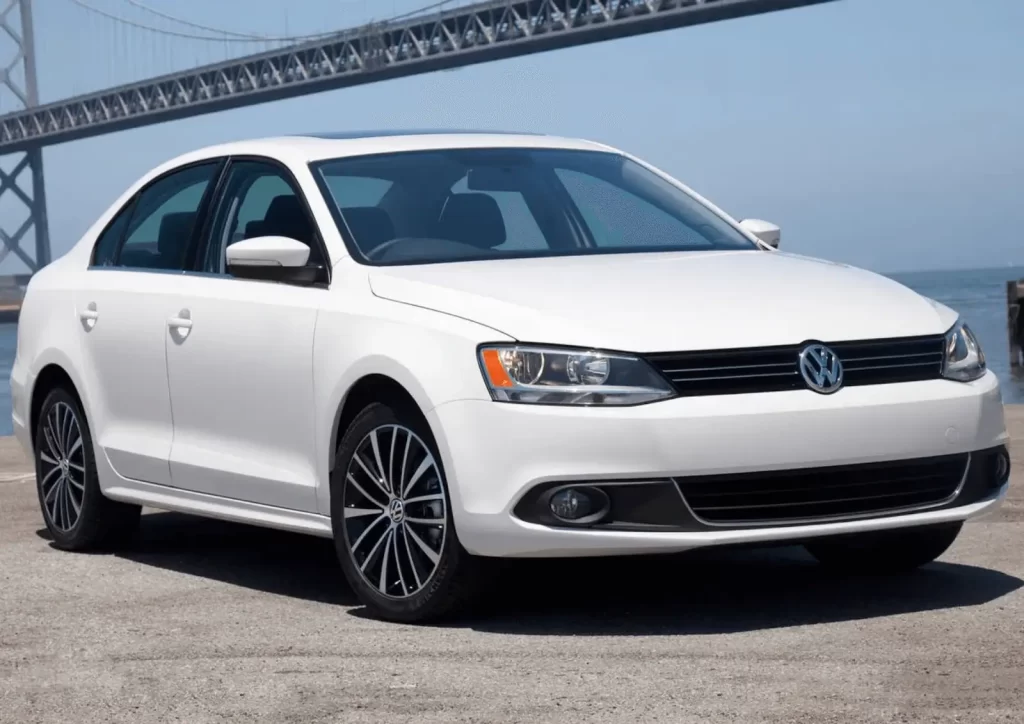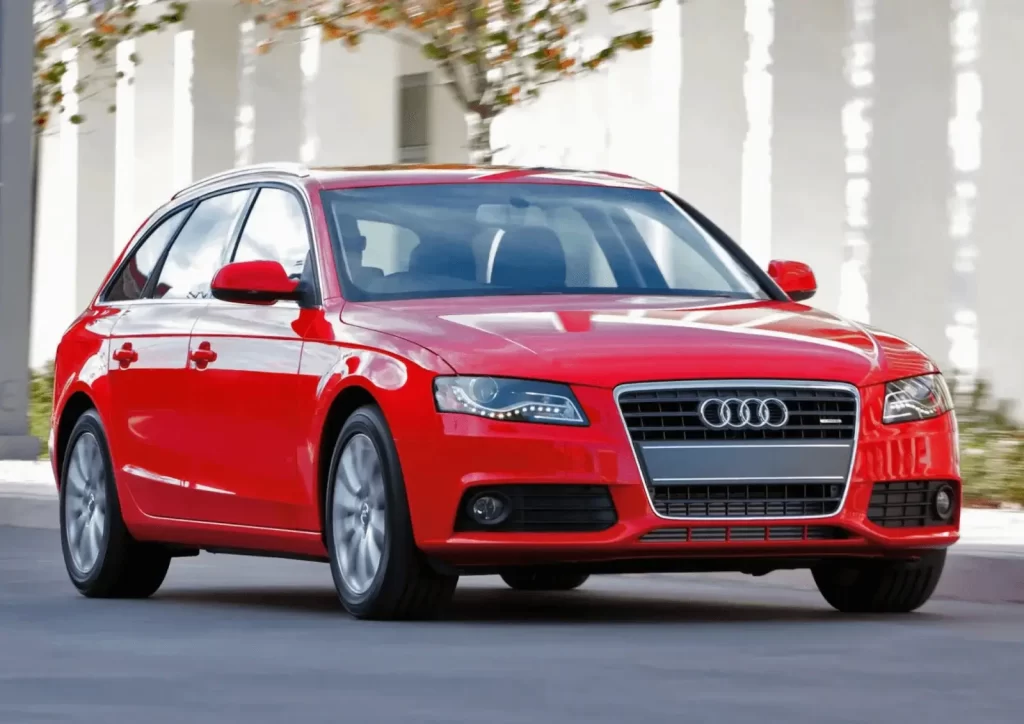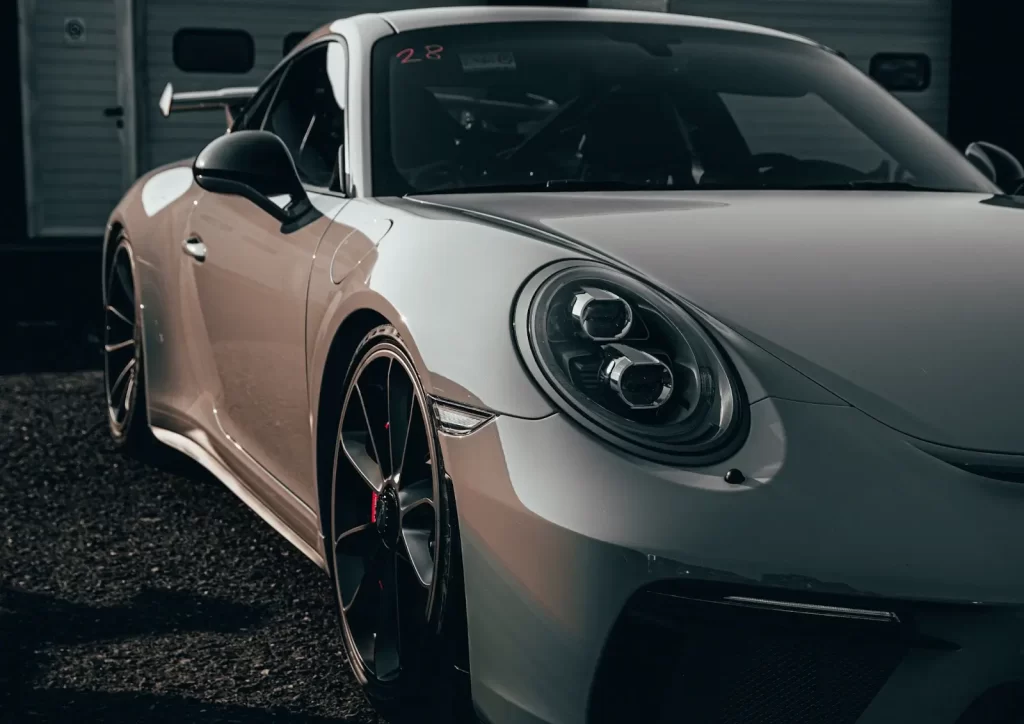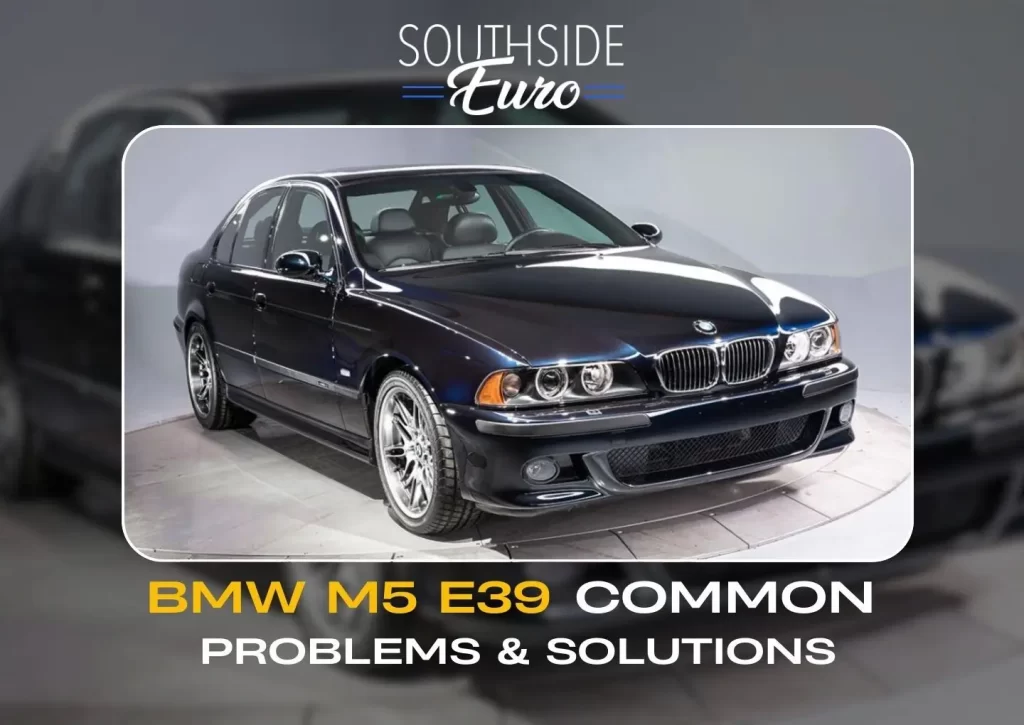
The BMW M5 E39 is a classic luxury corporate sedan produced from 1998 to 2003 and is widely regarded as one of the greatest M cars ever made.
Recently nicknamed “Boss of the Bosses” in a 2024 Rush Magazine article, the E39 boasts a hand-assembled S62 4.9L V8 engine with a precise 6-speed manual transmission and balanced chassis dynamics. However, as these cars age, like most BMWs, certain mechanical and electrical issues have become common among owners.
Most common M5 E39 issues can be avoided with routine maintenance at different mileages. They stem from wear and tear on high-performance components, which, if left unchecked, can lead to costly repairs. This guide outlines the most common BMW M5 E39 problems, their symptoms, and effective solutions.
10 Common BMW M5 E39 Problems
- VANOS System Failure
- Rod Bearing Wear
- Throttle Actuator Issues
- Cooling System Weak Points
- Timing Chain Tensioner Failure
- Electrical Gremlins (Lights, Sensors, Dash Issues)
- Differential & Rear Subframe Wear
- Clutch & Transmission Issues
- Oil Leaks (Valve Cover, Oil Pan, Rear Main Seal)
- Suspension Wear (Bushings, Control Arms, Dampers)
VANOS System Failure
The VANOS (Variable Valve Timing) system in the M5 E39 is known for its reliability concerns, particularly due to worn-out seals, solenoid failure, and oil leaks. In most cases, earlier 1999 models are prone to failure because they lacked additional set screws in the solenoid covers, allowing excessive movement and wear.
Over time, owners may notice a loss of power, especially at low RPMs, along with rough idling, engine misfires, and especially a distinct rattling noise from the front of the engine, which is evident across all models. A failing VANOS system will also trigger check engine lights and fault codes.
To address this issue, many owners opt for a full VANOS rebuild or replacement using upgraded kits from Dr. VANOS or Beisan Systems, which feature improved seals and solenoids to extend longevity. Otherwise, you can visit an experienced European car auto shop for diagnostics and repair.
Pre-owned BMW E39 owners should practice regular oil change routines with high-quality synthetic oil, Liqui Moly, to slow down VANOS wear and prolong its efficiency.
Rod Bearing Wear
Rod bearings are a weak point in high-revving V8s like the S62 engine in the M5 E39. These small but critical components connect the connecting rods to the crankshaft, and with age and aggressive driving, they begin to wear down.
If neglected, rod bearing failure can cause catastrophic engine damage, including oil starvation and crankshaft scoring. Symptoms typically start with a faint knocking noise under load, which progressively worsens over time. Metal shavings in the engine oil are also a telltale sign of rod bearing degradation.
Preventative rod bearing replacement at a European car repair specialist is strongly recommended every 80,000 to 120,000 miles, especially for daily drivers. Waiting till failure often results in a full engine rebuild, so proactive servicing saves you time and thousands of dollars. Using the correct oil viscosity and warming up the engine properly before spirited driving can also extend the life of the bearings.
Throttle Actuator Issues
The E39 M5 throttle actuator regulates power delivery, but over time, the plastic internal gears wear out, causing sluggish throttle response and eventual failure. This problem can result in reduced engine power, noticeable throttle lag, and illuminated check engine lights. If ignored, the car may enter limp mode, significantly restricting performance.
The most effective solution is to replace the throttle actuators, and upgraded versions with stronger internal gears provide a longer lifespan. Regular maintenance sessions with a BMW specialist can help catch early signs of failure before a complete breakdown occurs.
Cooling System May Fail
Due to aging components, the M5 E39’s cooling system is prone to multiple failures, making overheating a significant risk. The radiator, expansion tank, water pump, and thermostat are the most vulnerable parts. Cracks in the expansion tank and radiator leaks are particularly common in E39s with higher mileage. Symptoms include fluctuating engine temperatures, coolant leaks under the vehicle, and eventual overheating.
To prevent overheating-related engine damage, a full cooling system overhaul every 60,000–80,000 miles is highly recommended. This includes replacing the radiator, water pump, expansion tank, and thermostat before failure occurs.
Timing Chain Tensioner Failure
The S62 engine’s timing chain tensioner maintains proper tension in the chain, ensuring synchronized valve timing. Over time, the hydraulic tensioner loses pressure, causing the chain to slacken and creating a noticeable rattle at startup. If left unaddressed, excessive slack can lead to misaligned timing, poor engine performance, and even catastrophic failure.
Replacing the timing chain tensioner every 100,000 miles is a preventative measure that ensures smooth operation. Upgrading to a reinforced tensioner can further improve longevity.
Electrical Gremlins (Lights, Sensors, Dash Issues)
Electrical problems in the BMW M5 E39 include flickering lights, failing instrument clusters, and faulty sensors. Dead pixels on the dashboard make warnings difficult to read, while failed camshaft position and ABS sensors trigger error codes. Diagnosing these issues requires BMW-specific tools like INPA or ISTA/D, as generic scanners may not detect all faults.
Intermittent electrical faults are also common due to aging wiring and failing relays. If electrical issues persist, professional electrical diagnostics and repairs are the best way to prevent further malfunctions and restore full system functionality.
Differential & Rear Subframe Wear
The BMW E39 M5’s limited-slip differential (LSD) and rear subframe endure significant stress, particularly in roughly maintained cars. Over time, the rear subframe bushings wear out, leading to a loose and unstable feel under acceleration. Owners may notice clunking noises when shifting or accelerating, as well as vibrations at high speeds.
Upgrading the rear subframe bushings and reinforcing the LSD mounts can restore stability and prevent further driveline issues. Differential fluid, or gear oil, should also be replaced periodically to ensure smooth performance. Try regular servicing with European car mechanics to help you monitor oil levels and change when necessary.
Clutch & Transmission Issues
The BMW E39’s 6-speed manual transmission is robust but can suffer from premature clutch wear, especially in aggressively driven cars. A failing clutch typically results in slipping under acceleration, difficulty engaging gears, and increased pedal effort. Over time, worn synchros can also cause grinding between shifts.
A clutch replacement is typically needed every 80,000–100,000 miles, and it’s advisable to inspect the flywheel and synchros during servicing. Using high-quality transmission fluid can help improve shifting feel and extend component lifespan.
Oil Leaks (Valve Cover, Oil Pan, Rear Main Seal)
High-mileage E39 M5s are prone to oil leaks due to degrading gaskets and repeated heat cycles. The valve cover gasket, oil pan gasket, and rear main seal are particularly susceptible to leaks. Symptoms include oil spots under the car and a burning oil smell coming from the engine bay.
Replacing these gaskets at the first sign of leakage is crucial to prevent oil starvation and keep the engine running optimally. Regular inspections during oil changes can help detect early signs of leaks before they become severe.
Suspension Wear (Bushings, Control Arms, Dampers)
The E39 M5’s suspension components, like most BMWs and European cars in general, wear out over time, leading to downgraded handling, excessive body roll, and knocking noises over bumps. This is a result of worn control arm bushings, ball joints, and dampers that also make the car feel unstable at high speeds.
A suspension refresh with new bushings, control arms, and performance dampers is recommended to restore handling precision. Upgraded components, such as polyurethane bushings, can offer longer-lasting durability compared to factory rubber parts.
Conclusion
The BMW M5 E39 is a high-performance masterpiece, but like any aging sports sedan, it requires dedicated maintenance to stay reliable. Addressing known weak points, such as VANOS issues, rod bearing wear, and cooling system weaknesses, can help you avoid spending a lot of money on repair and replacement costs, as the car will work like a well-oiled machine.
However, if you already experience persistent issues with your M5 E39, trust Southside Euro for expert diagnostics and repairs. We also offer pre-owned vehicle inspections to help you avoid buying a running expense. Our certified technicians specialize in European vehicles and use manufacturer-approved tools to keep your E39 in peak condition.
Contact us at (904) 240-1440 or visit our website to schedule a service appointment today.
FAQs
1. What are the most expensive repairs on the BMW M5 E39?
VANOS system rebuilds, rod bearing replacements, and timing chain guide replacements are among the most costly repairs on E39s. Alternately, it’s easier to avoid total damage of these critical components with routine maintenance to keep your car in tip-top shape. Contact Southside Euro with inquiries about maintenance and repair services for BMW E39.
2. How can I extend the lifespan of my M5 E39’s VANOS system?
Regular oil changes with high-quality synthetic oil, upgraded seals, and routine inspections can help prolong the lifespan of the VANOS system. If you notice power loss or rattling noises, a professional diagnostic is recommended. To book a diagnostic service at Southside Euro, contact us here, and we’ll respond shortly.
3. What should I check before buying a used BMW M5 E39?
Look for maintenance records and check for common failure points, such as VANOS function, rod bearing condition, and cooling system health. A pre-purchase inspection (PPI) at Southside Euro can help identify potential issues before purchase without stress.
4. Why does the BMW M5 E39 consume so much oil?
The S62 engine is designed with loose tolerances, which leads to higher-than-average oil consumption. Burning 1 quart every 1,500 miles is normal, but excessive consumption may indicate worn piston rings or valve seals.
5. How can I prevent overheating issues in my M5 E39?
Proactively replacing the radiator, water pump, expansion tank, and thermostat can prevent cooling system failures. Monitoring coolant levels and periodically flushing the system are also essential for long-term reliability.






